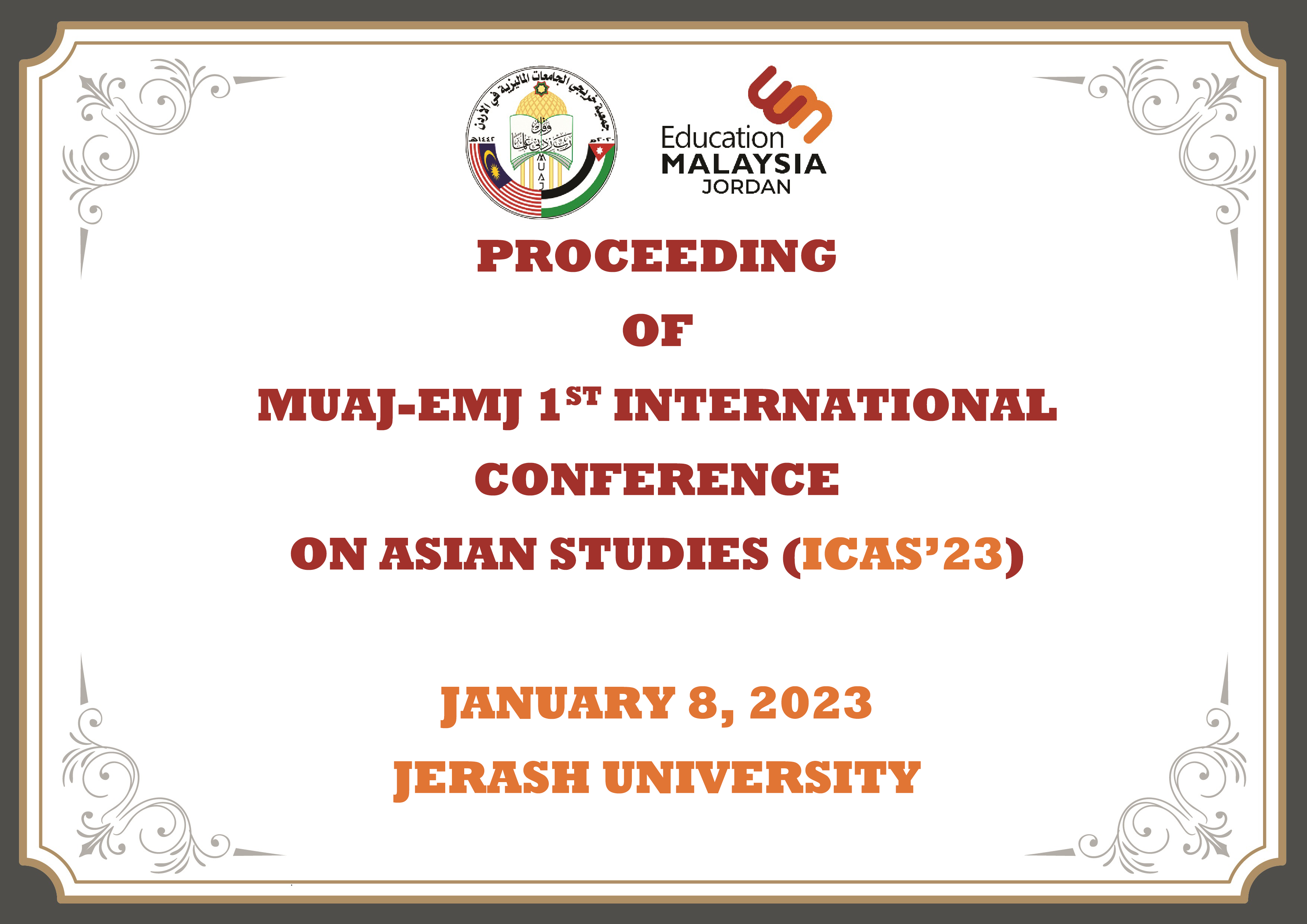White Rot Fungus Biomass: A Potential Source for Antibacterials
Abstract
The research has successfully investigated the capability of white rot fungus for antibacterial activity of these two white rot fungus, Phanerochaete chrysosporium and Panus tigrinus. The selection between these two white rot fungus were depends on yield of total phenolic and total flavonoid content and diameter of zone inhibition on E.coli and Bacillus subtilis that were extracted using aqueous two phase method. The parameters involved in this extraction are extraction time and temperature. P.chrysosporium has showed higher yield of the total phenolic content and total flavonoid content with 0.07272 mg/ml and 0.0721 mg/ml as compared to Panus tigrinus which only have total phenolic content and total flavonoid content with 0.3419 mg/ml and 0.0474 mg/ml, respectively. The biomass of these two fungus were further evaluated in terms of their bacterial activity. Diameter of inhibition zone of P.chrysosporium is larger than Panus tigrinus for both bacterial agents. Hence this fungus has been selected for further investigation. Optimization of extraction of P.chrysosporium was done using Response Surface Methodology (RSM) and second order polynomial equation was developed. The optimum condition for extraction P. chrysosporium was determined at 105 min and 45°C. Then, the bioactive constituent in extract was analyzed using Fourier Transform InfraRed (FTIR). Analysis by FTIR showed that the extracts from P.chrysosporium contain phenolic and flavonoid compounds

